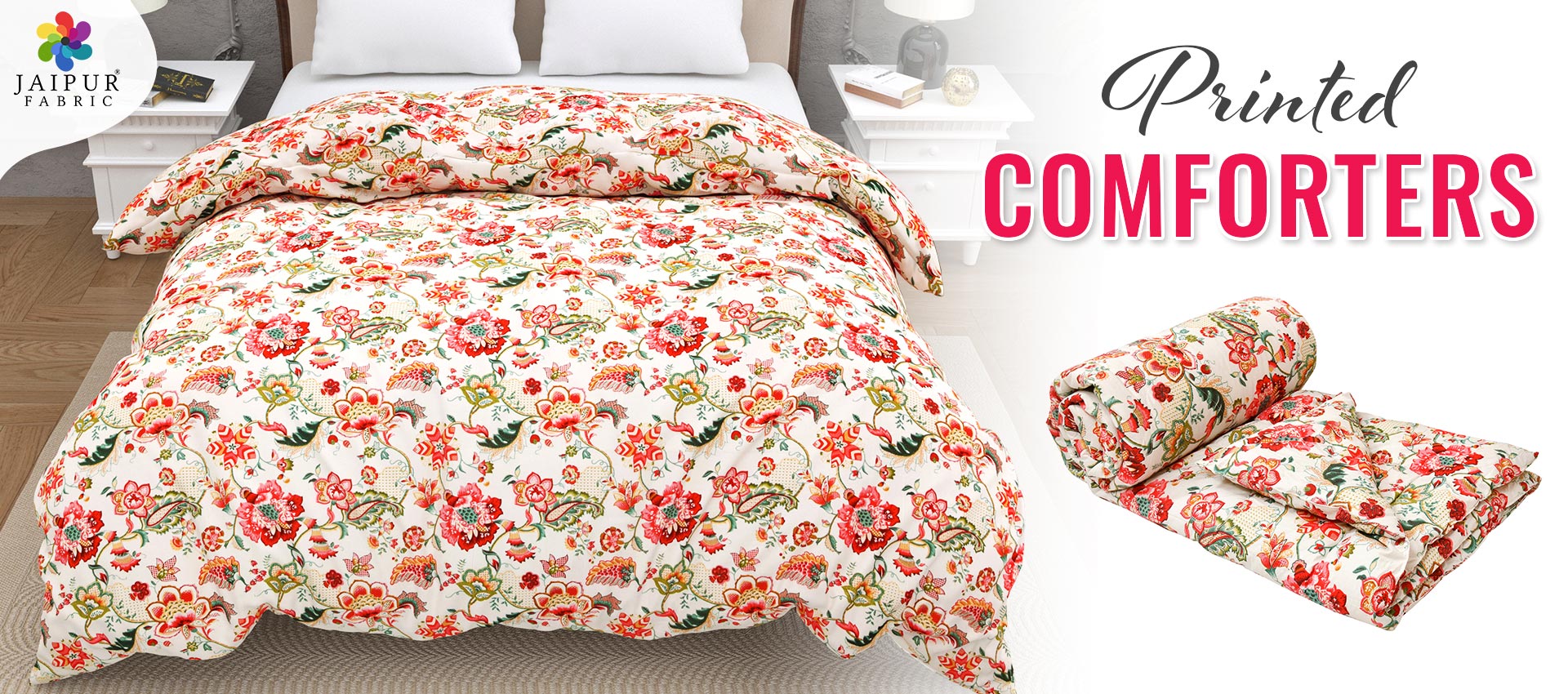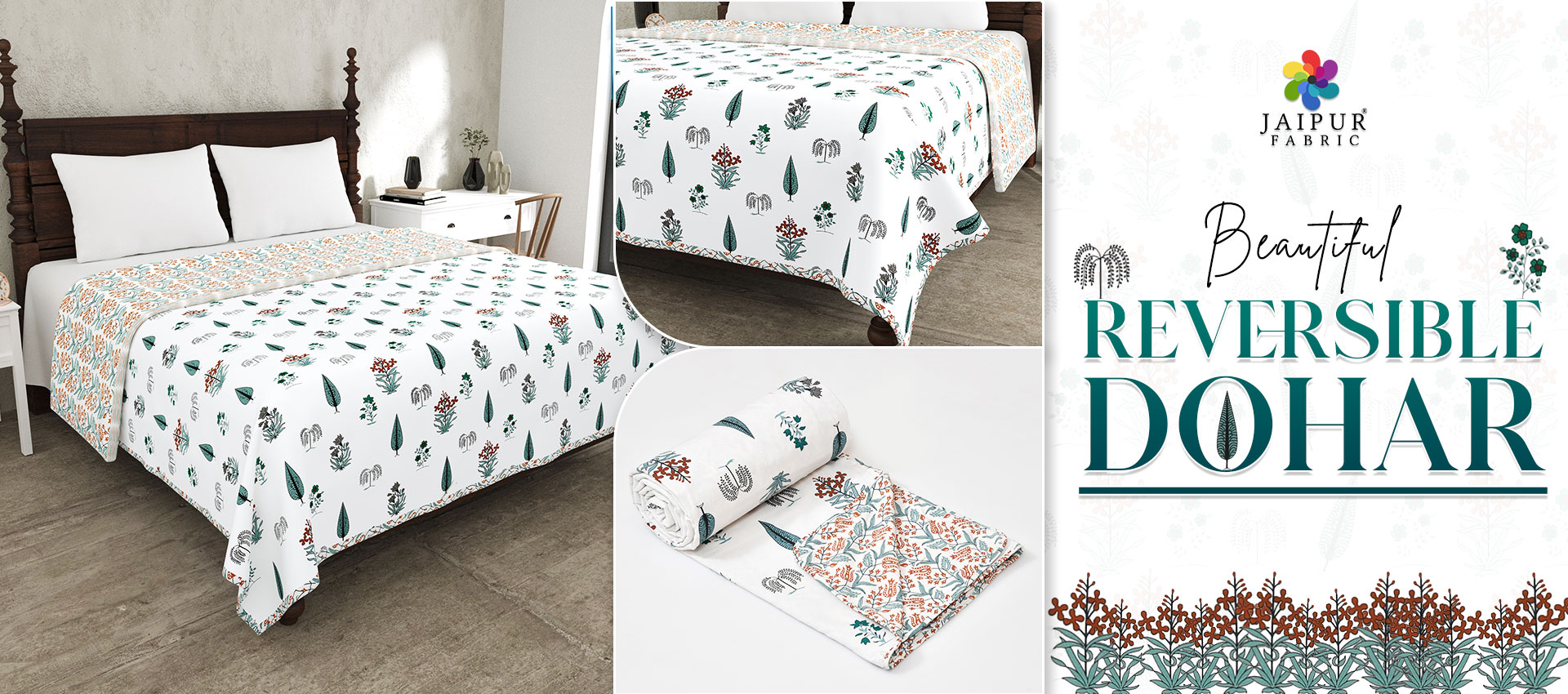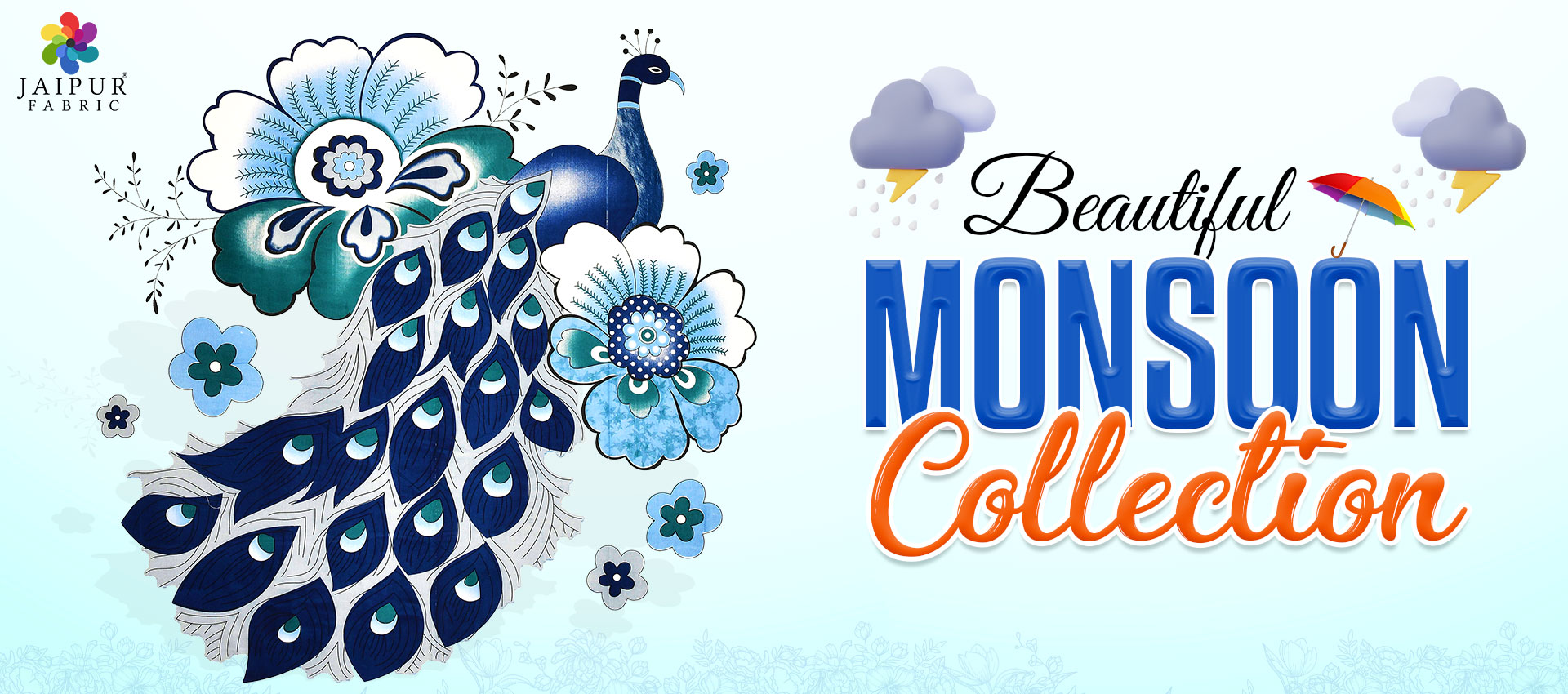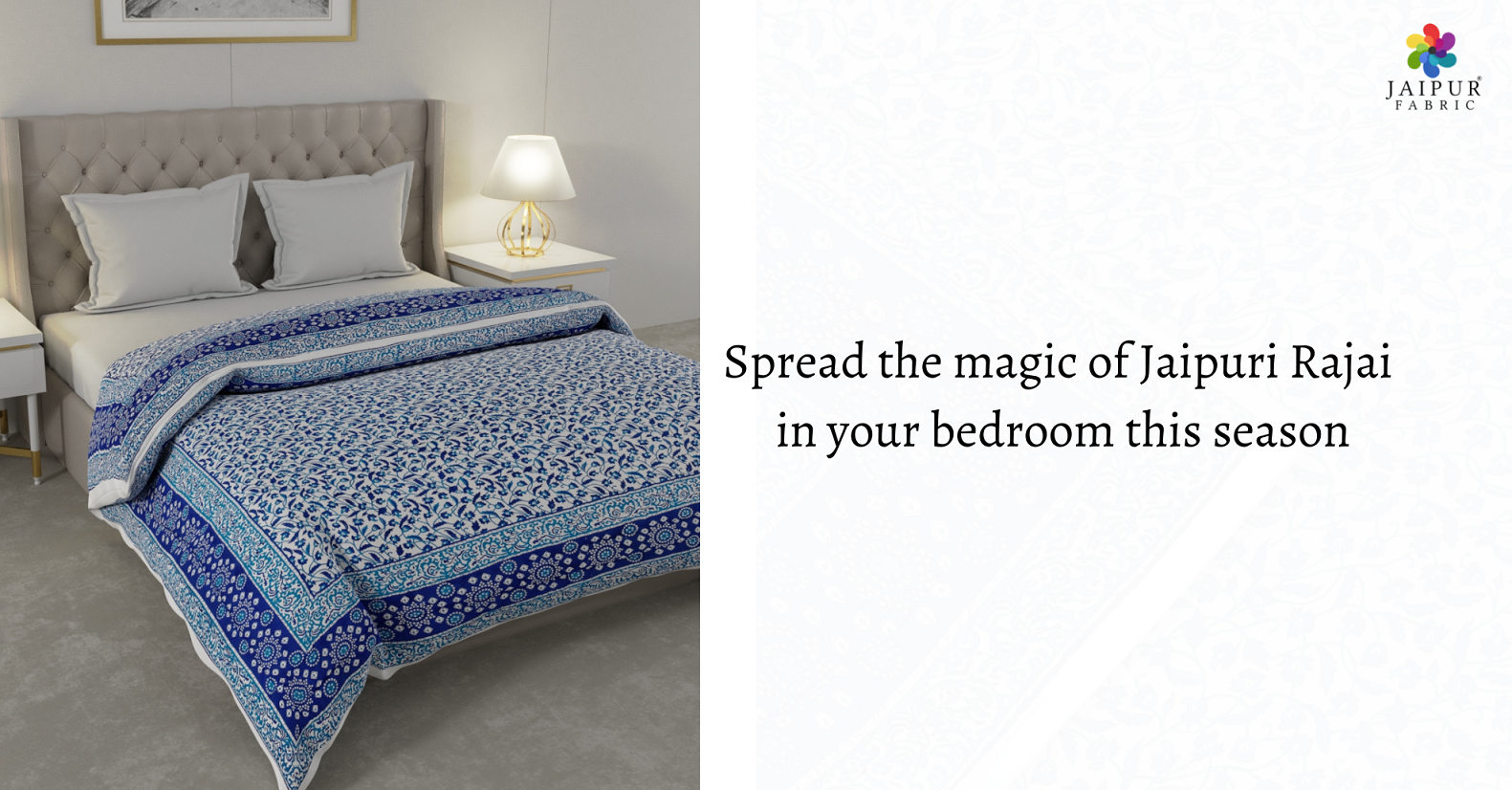
The word Kalamkari means art with pen, which is bifurcated as Kalam to be pen and Kari as work. In this form of art, bamboo palm stick is used as pen being pointed at one end with bale of fine hair attached to its one side. Kalamkari work is done in painting form and as printing method. This art form is popular among people because of its organic properties as colors used in making such art pieces are all vegetable and natural. These colors are developed with roots of plants, leaves, and flowers. Along with such natural materials, some other mineral salts are also derived from iron, tin, copper, alum and many other forms.
As trend has changed, people shifted their choice from cotton fabrics to other up–class fabrics.
Kalamkari work had known to be existed from primeval times about 3000 year ago. It had originated at Kalahasti and Masulipatnam. The art done in Kalahasti is known as Sri Kalahasti style, which depicts Hindu mythological paintings. The paintings in this form show the episodes of great epics such as Ramayana, Mahabharata.
Masulipatnam was the Muslim region where block printing was carried by the local weavers. The art form done in this region was given the name of Masulipatnam Kalamkari which was influenced by Persian designs. In this lithography prints were made with the hand carved blocks and finer work left is filled with the help of pen.
Kalamkari is also done in another form which is known as Karrupur style. This art had also matured in Thanjavur region during Maratha law where this work was done with gold brocade in the interlaced fabric. The Maratha Kings used these fabrics as Sarees and Dhotis.
The artisans, who do the kalamkari work were named as Jadupatuas or Duari Patuas.
It is such a widespread work that even countries outside India are familiar to its versatility. European merchants had named it as “Chintzâ€, a British word whereas Portuguese called it as “Pintado†and artisans of Dutch called it as “sitzâ€
In the earlier days, designs of Kalamkari paintings were in demand from various parts of countries, such as, Middle Eastern regions demanded prayer rugs, canopies, and bed covers with the motif of tree of life, goods made with printing style of animal forms and flower patterns. Dress materials in different styles were in call from European market. South East Asian markets also liked this art style and started its trade from beautifully designed hip and shoulder wrappers and detailed wall hangings. East- Asian markets imported materials for robes and Jackets. Likewise, it can be said that Kalamkari textiles took many forms depending on their intended market.
During old times, many traders used these paintings as currency in the spice trade as spices were highly demanded such as nutmeg, cloves, peppers and aroma oils. These aromatic oils and spices were available in few parts of Southeast Asia and Indonesia. The traders of these regions had special liking for kalamkari art demanded this Indian textile work for their ritual and ceremonial use.
 Categories
Categories

Stay cozy in Style with the Jaipur Fabric Reversible Dohar (AC Blanket)
August 22nd, 2023

An Ultimate Buyer’s Guide for Purchasing a Perfect Quilt for Bedroom
December 30th, 2022
Spread the magic of Jaipuri Rajai in your bedroom this season
November 17th, 2022